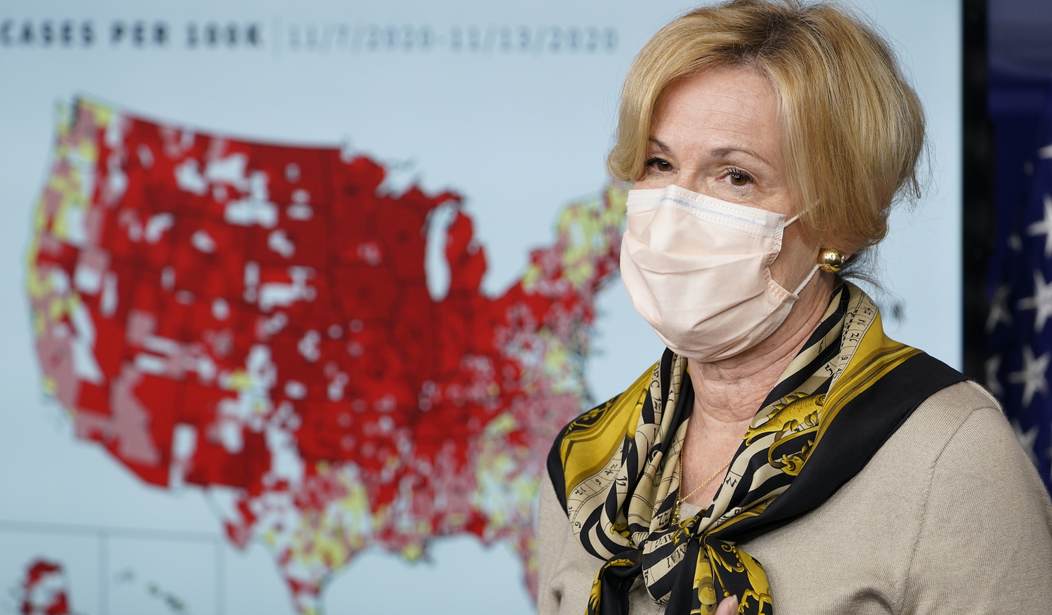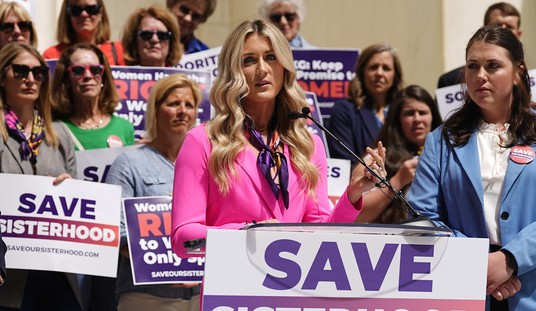Earlier this week, Johns Hopkins University Newsletter ran a study from Genevieve Briand, assistant program director of the Applied Economics master’s degree program at Hopkins, that looked at the effect of COVID-19 on U.S. deaths according to data from the CDC.
What the study concluded, and the article said, was something quite profound. The study concluded that the virus had “relatively no effect on deaths in the United States.”
So how could that be? How does that match with the facts of over 200,000 people listed as dying from the virus?
How can that be?
After retrieving data on the CDC website, Briand compiled a graph representing percentages of total deaths per age category from early February to early September, which includes the period from before COVID-19 was detected in the U.S. to after infection rates soared.
Surprisingly, the deaths of older people stayed the same before and after COVID-19. Since COVID-19 mainly affects the elderly, experts expected an increase in the percentage of deaths in older age groups. However, this increase is not seen from the CDC data. In fact, the percentages of deaths among all age groups remain relatively the same.
So what Briand was saying was that the number of deaths remained relatively the same for the elderly age group. Why?
When Briand looked at the 2020 data during that seasonal period, COVID-19-related deaths exceeded deaths from heart diseases. This was highly unusual since heart disease has always prevailed as the leading cause of deaths. However, when taking a closer look at the death numbers, she noted something strange. As Briand compared the number of deaths per cause during that period in 2020 to 2018, she noticed that instead of the expected drastic increase across all causes, there was a significant decrease in deaths due to heart disease. Even more surprising, as seen in the graph below, this sudden decline in deaths is observed for all other causes.
This trend is completely contrary to the pattern observed in all previous years. Interestingly, as depicted in the table below, the total decrease in deaths by other causes almost exactly equals the increase in deaths by COVID-19. This suggests, according to Briand, that the COVID-19 death toll is misleading. Briand believes that deaths due to heart diseases, respiratory diseases, influenza and pneumonia may instead be recategorized as being due to COVID-19.
The CDC classified all deaths that are related to COVID-19 simply as COVID-19 deaths. Even patients dying from other underlying diseases but are infected with COVID-19 count as COVID-19 deaths. This is likely the main explanation as to why COVID-19 deaths drastically increased while deaths by all other diseases experienced a significant decrease.
This is not a complete surprise that it be counted so, as people such as Dr. Deborah Birx explained that anyone who died with the virus was being counted, even if that person might also have died with other issues.
But then, after the piece obviously got a lot of attention, the JHU Newsletter pulled the article, saying that “was being used to support false and dangerous inaccuracies about the impact of the pandemic.”
Though making clear the need for further research, the article was being used to support false and dangerous inaccuracies about the impact of the pandemic. We regret that this article may have contributed to the spread of misinformation about COVID-19.
— JHU News-Letter (@JHUNewsLetter) November 26, 2020
People were suprised they were pulling their own article and running it down. JHU Newsletter said that there had been excess deaths according to the CDC and disputed the conclusion of Briand. JHU argues that the people who have comorbidities would be more at risk. That is no doubt true that those with comorbities and other issues would be more at risk. But it doesn’t explain the drop in the numbers of the other illnesses.
HT: PJ Media













Join the conversation as a VIP Member